21 Feb What to Pack for South East Asia – A Complete guide
Travelling to South-East Asia can be a roller-coaster ride. And that’s the reason I love this place so much. It is hot and humid. Not a single day can be the same as before. For this you will need a special checklist on what to pack for South-East Asia along with answers that tell you why.
You will need stuff that you generally won’t buy. And somethings that you wish someone would have told you beforehand.
Sure you can buy some stuff here and there. But there are a lot of chances that you will not get what you are looking for. Even worse, you won’t know where to look for it. Here is my complete guide that answers all the important questions of what to pack for Southeast Asia.
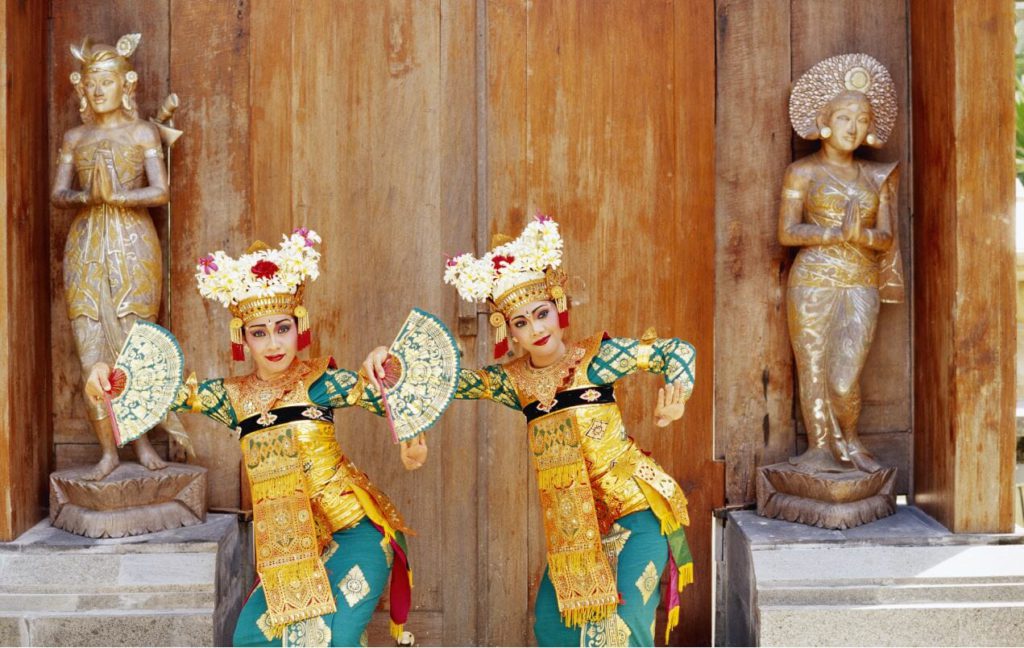
About South-East Asian Climate
Most part of South-East Asia has two prominent weather – dry and wet. Both dry and wet weather comes with a hot climate native to this region. Winters are rare. But you can still find chilly days between December – January on the highlands of Thailand and Vietnam. Snowfall is extremely rare.
Summers will see a sudden rise in temperature starting in mid-Feb. Moisture often accompanies the heat and gets humidity rising to an uncomfortable level. But due to clear weather, it still makes a popular time for tourists.
As soon as the monsoon sets in, the beaches often close down. Mud will be a constant companion. You must also take extra precautions for your gear during this time.
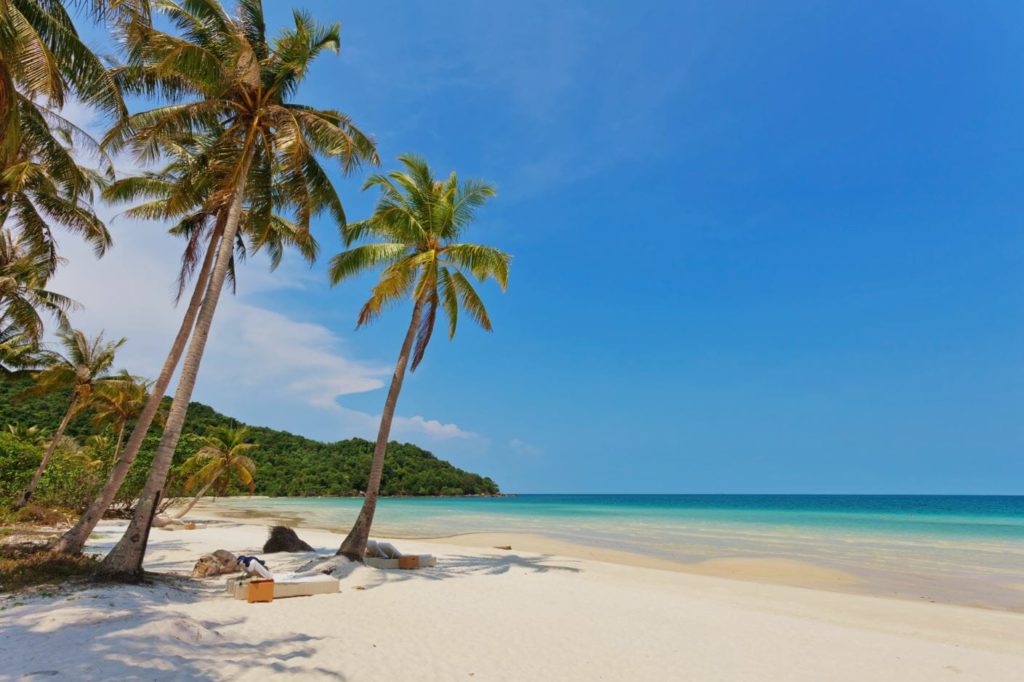
What Clothes to pack for South East Asia
Most South-East Asian countries have been hosting tourists for decades. In fact, most countries and popular tourist spots have been developed around it. But the question of what to wear in South-East Asia is an important one. And you need to address some of it before you take that flight.
The best way to tackle the heat and humidity is by wearing feather-light and loose clothes. Let all the air in. You can go around in tank tops, t-shirts, summer dresses, shorts, and half-sleeved cotton shirts. Bikinis and swimwear can be comfortably worn at the beach but not in the towns. Most of the places don’t have bars on attire and what to wear but it still considered far more conservative than the West.
Thailand, Vietnam, Singapore, Cambodia, and Laos don’t pose a lot of restrictions on clothing. But you must make sure that you cover yourself appropriately till knees and shoulders when visiting a temple. On the other hand, you will need to tone down on the skin show for Malaysia and Indonesia (except Bali) for both being primarily Muslim countries. But no one will bother you even if you decide not to follow the norms but you will many unapproving stares.
Do not pack more than one sweatshirt for your journey (that too in case of a freezing flight). I will suggest picking up a couple of clothes from the local markets as well. They are extremely comfortable, cheap, and made to suit the humidity. They are also available outside most temples in case you forget to wear your long pants. Lastly, leave all your valuable jewelry at home without even thinking twice.
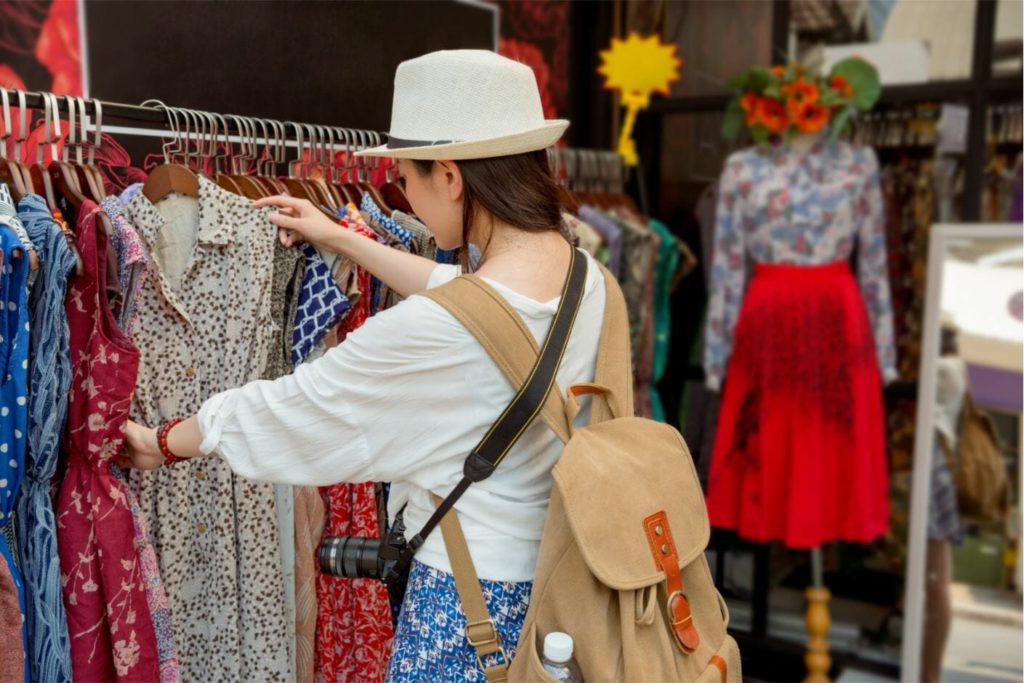
What Shoes to pack for South East Asia
Everything here must lead to only one thing – Comfort. And the most comfortable of all will be sandals. Lightweight shoes will also do in most cases but only if you are okay with the sweating and size.
As per the terrain, you will be spending most of your time on roads, beaches, farms, temples, boats, flights, buses and hotels. It is best to pack something with is waterproof, can be cleaned easily, taken off without much effort, durable and comfortable to spend a whole day in. If you want to buy something for your trip beforehand, invest in this.
Pack a pair of shoes in case you are planning to go for a difficult trek. Most of the hiking in the region are done at leisure and are of an intermediate level that do not require professional shoes. Definitely ditch your heels. You simply cannot wear them on a regular day unless you plan to go to an upbeat restaurant or a club. If you really want to wear one during the day, opt for a mid-height wedges instead.
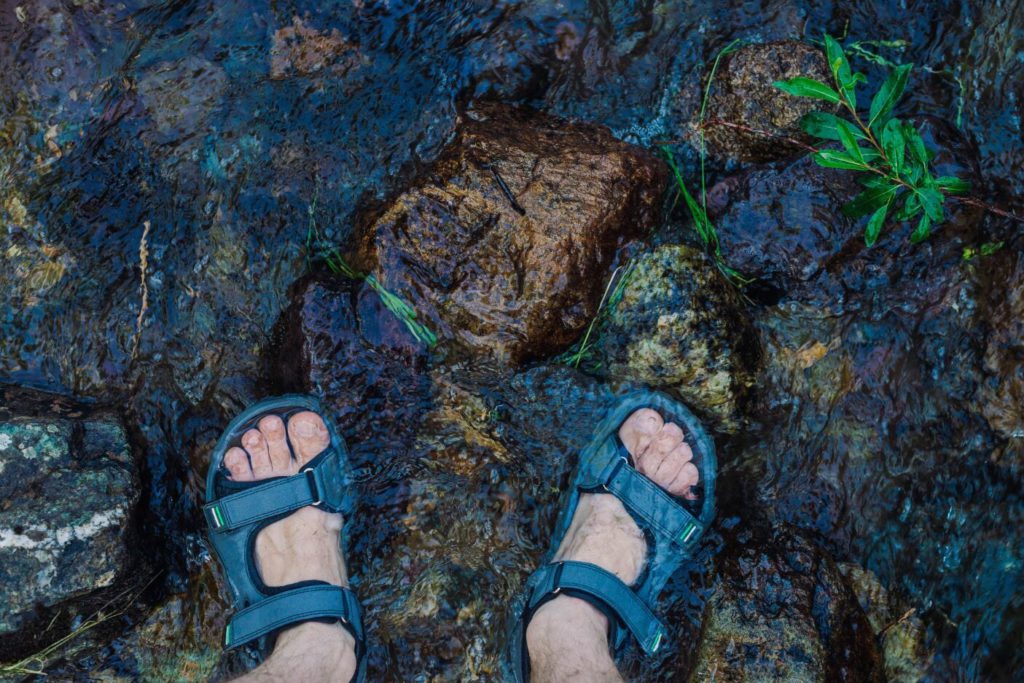
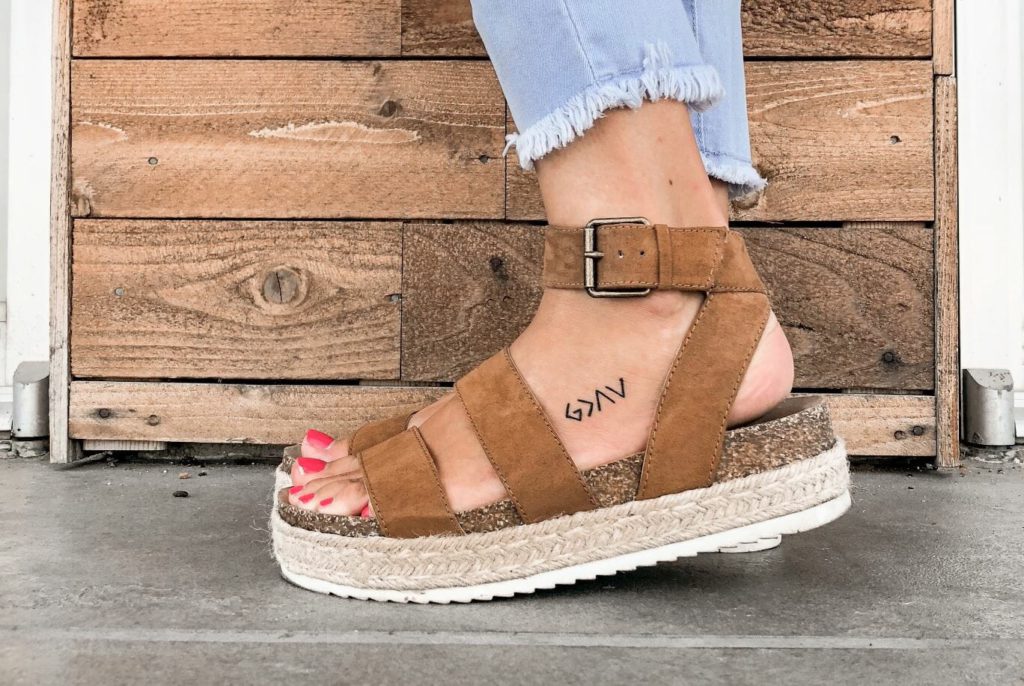
What to pack for Southeast Asia
1. Use a backpack
While I understand that these are not practical for everyone. But if you are planning to travel fast or backpack on a budget I will suggest going with it. Using a rucksack or a backpack instead of a luggage trolley has a lot of advantages in South-East Asia.
Firstly, the roads in many parts of Asia are often filled with street-side vendors. A lot of times they are even broken. Sidewalks aren’t always easy to walk and pull luggage on. Apart from that, traveling across a range of vehicles like taxis, buses, trains and ferries may pose difficulty embarking. If you are planning more beach time, wheels may not assist you either.
But the cache is that you will have to pack light in this case. A bag over 7kgs will be more pain than not. On the other hand, multifunctional bags are also available. You can choose one which can be dragged, carried as a backpack or even duffel, all in one.
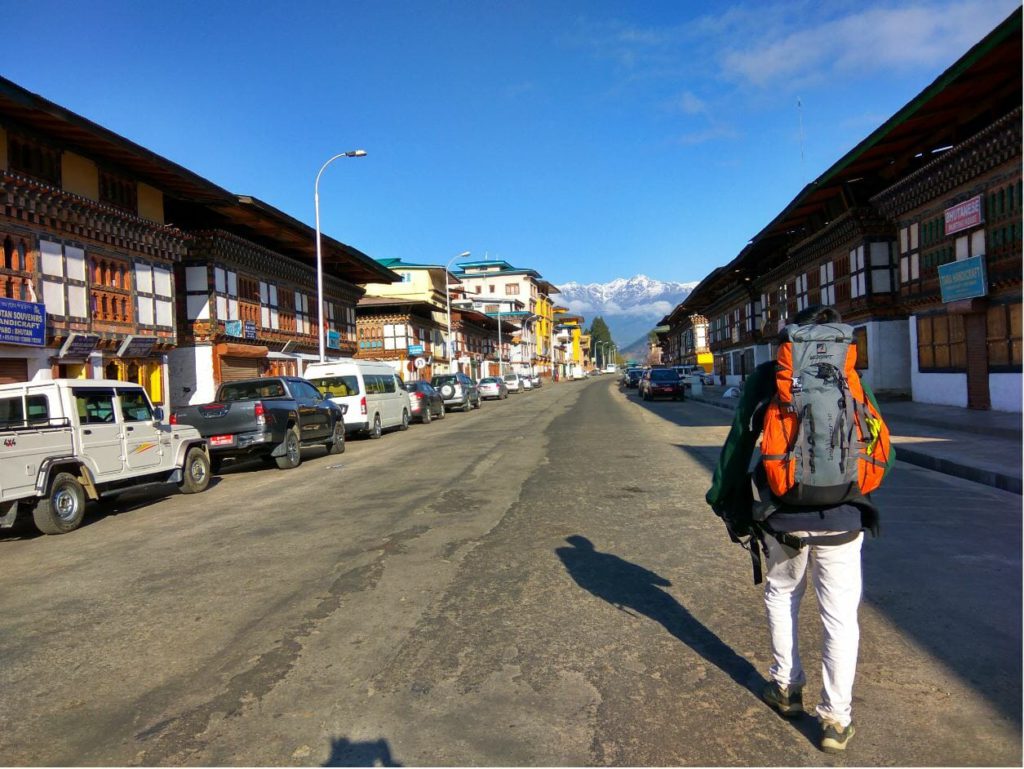
2. Use an inflatable neck pillow
You are probably going to buy this anyway if you don’t have one already. It is very hard to sleep with your head hanging around on an overnight flight or a long bus journey. It isn’t polite to use other people as your pillow either, especially if they are strangers. The only downside is that it’s big and clumsy to use and carry.
As an alternative, I use an inflatable neck pillow. It’s not as comfortable as a regular one but it takes up a lot less space. It is also lighter and is easy to carry inside a backpack.
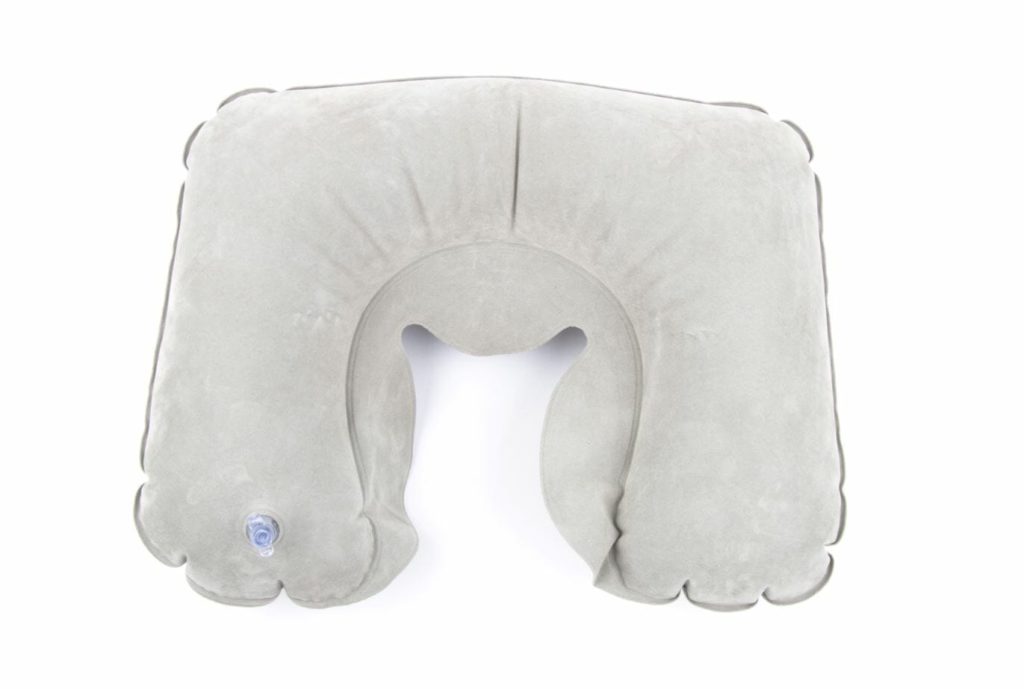
3. Use re-usable bottles for toiletries
I always face a certain discomfort from both carrying big bottles of toiletries and using the ones available at hotels. While most flights don’t allow carrying liquid over 100ml in hand luggage, using hotel products just seem unreliable to me. I want to use what I use consistently. It also seems fairly unsustainable to use and throw a lot of mini plastic bottles or shampoo sachets at the hotels.
I replaced them with reusable bottles. You can buy one online or you can pick from a local market if available. I bought mine from Miniso that came with customizable tags like ‘soap’, ‘shampoo’ and ‘conditioner’. All I do is refill them at home and they last me for at least two trips.
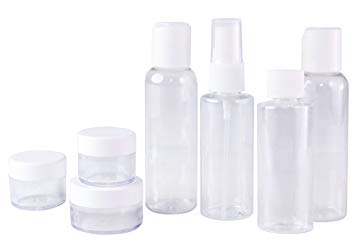
4. Take a reusable water bottle
This is must-have-for-travelers kind of thing. I know its quite easy to buy bottled water anywhere around SE-Asia. But, it can add up to the plastic waste and cost quickly. In fact, in Cambodia, I always found a difference in price of water sold to locals and foreigners on the same product.
Just carry a bottle. You can fill it up at more reliable places like restaurants or hotel rooms. Most hostels have a water dispenser. You will also find cheap drinking water outside many houses on water purifiers in Thailand. Tap water is drinkable in Singapore. Since you will be sweating a lot, you will need to replenish yourself frequently.
Lifestraw is great one time investment on a water bottle which can purify regular tap water in Asia. In case you go hiking and camping, you can use it for natural water resources too. If you don’t want to invest it that, just buy a reusable one but definitely do so.

5. Include a packable day bag
When you are visiting a place, you cannot always carry around your huge backpack during sightseeing. You will need a smaller day bag to carry around important articles like water bottle, snacks, keys, documents, umbrella, raingear etc. You get it. This can also be replaced with a fanny pack for small items and a cross-body sling bags.
However, instead of carrying a full size one, try to find a packable day bag. One that can be folded into your palm and stuffed inside your main backpack. If its rainproof even better. Apart from that also make sure that you have a couple of plastic covers with you. When rain presents itself, it won’t spare your phone or your passport either.
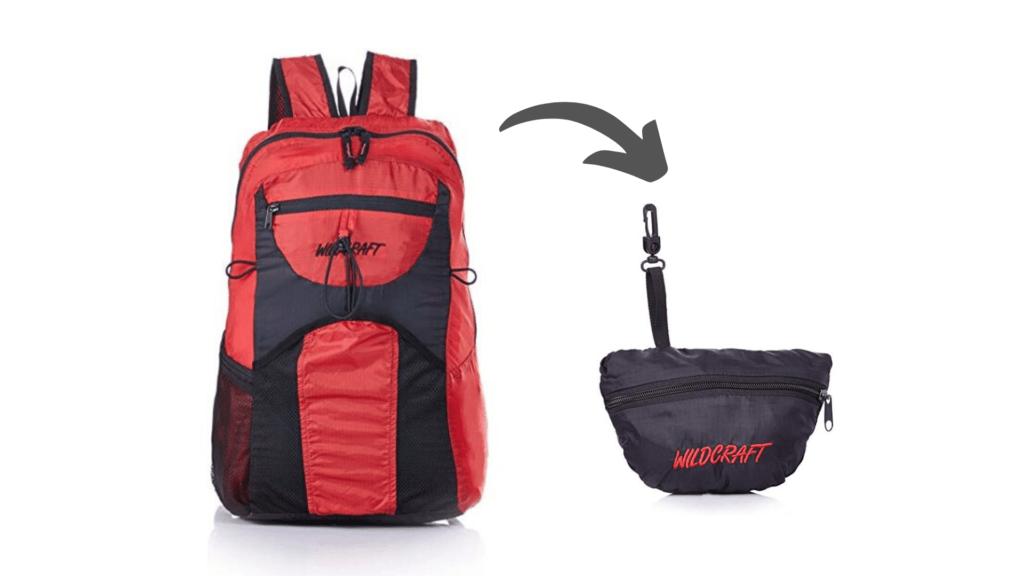
6. Pack using packing cubes
This is a recent development in travel style and its written everywhere. It really is a lifesaver… and a timesaver. Imagine you need to take out your night wear. Only that they are kept at the bottom of the bag. Now you will have to take out everything on top to reach out to it at the bottom. Worse if you have to do something similar at the airport.
Packing cubes do save you a lot of hassle. You can use many cubes to segregate your clothes by combinations or days. If two people have packed in the same bag, its far easier to reach your stuff. It saves space and effort even more so when using a backpack or a rucksack.
The only downside is its not probably that great for formal clothes and you will almost always have to roll up your clothes to pack. If you are carrying cotton or linen, better to check for an electric iron at the hotel.
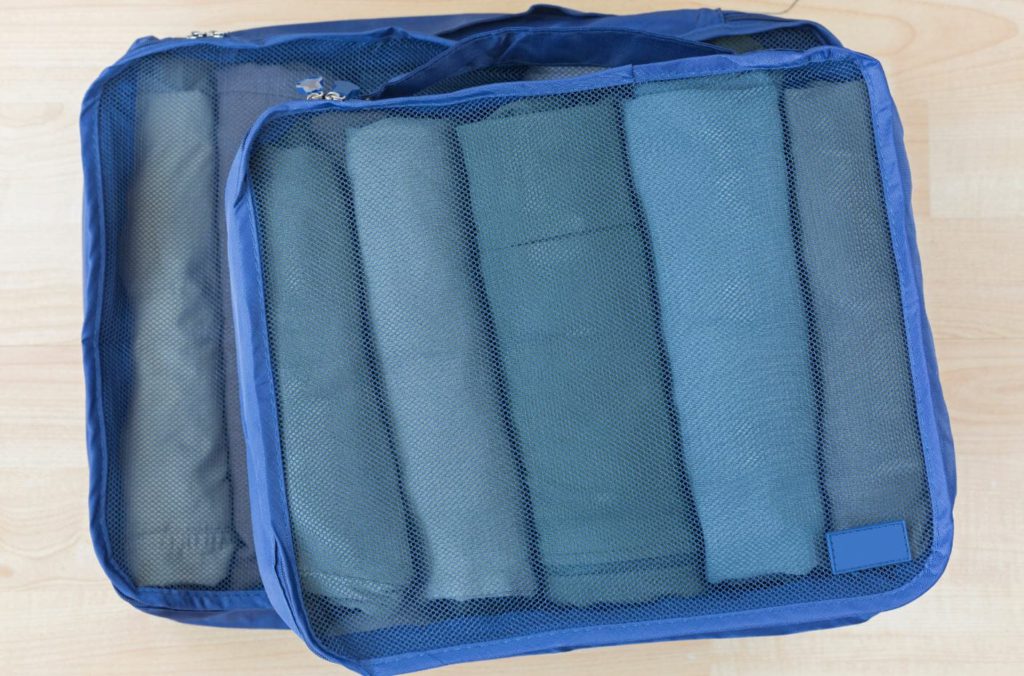
7. Bring laundry bags – for dry and wet clothes
A lot of chances are that you are going to be at the beach. And if you are traveling immediately after that, you may not get time to get your beach wear dry. Similarly, rain may come as a surprise and hand you over some wet clothes which can add flavour to all your other clothes. Always keep a waterproof bag for this. Even in your day pack. In fact I will suggest getting more than one for your shoes as well. But don’t forget them for the next 3 days. Or you will have a rather surprising end to your trip.
Always get a laundry bag too. Chances are that you will sweat like a pig in SE-Asia no matter when you go. And you don’t want your clothes to mix up with other ones. You can either get a bag for your dirty laundry or pick one up at a hotel your visit. Hotels usually don’t mind laundry bags being taken unless you plan to take a whole darn basket.
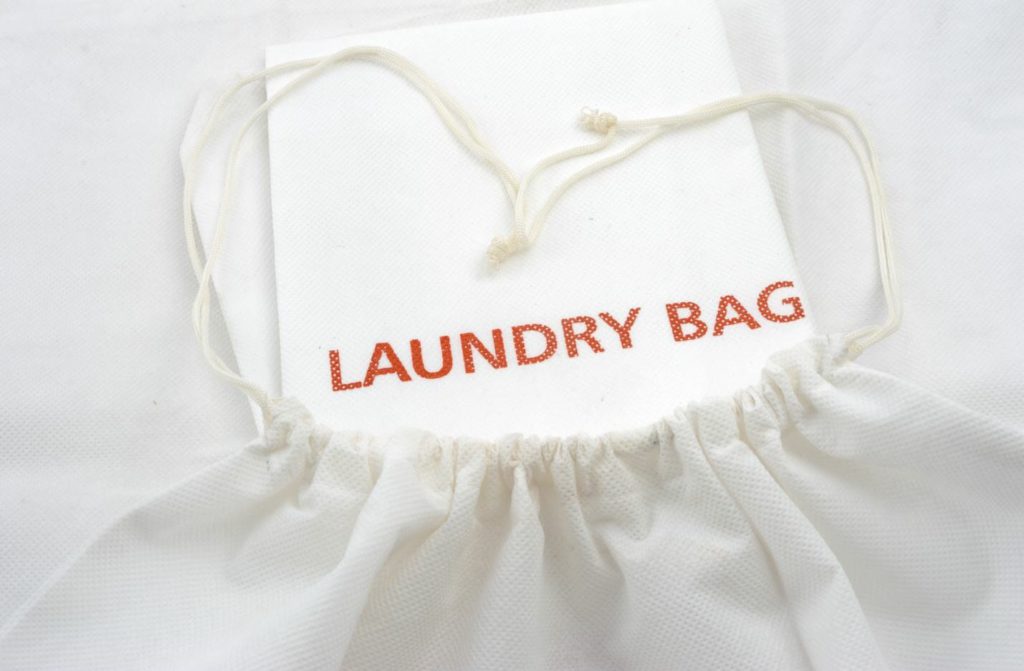
8. Buy a Sarong at the local market
A sarong can come in handy in million ways. You can use it as a skirt, a beach cloth, a towel, a dress, picnic mat, a scarf, something to cover your shoulders when entering a temple, a wet cloth to give you respite from the heat and as many ways as you can think of.
You can simply buy one around any of the beaches or temples in Asia. They are cheap, affordable and come in so many lovely designs and colours. Do not forget to bargain when at a local market for the price is usually less than half of what they quote you.
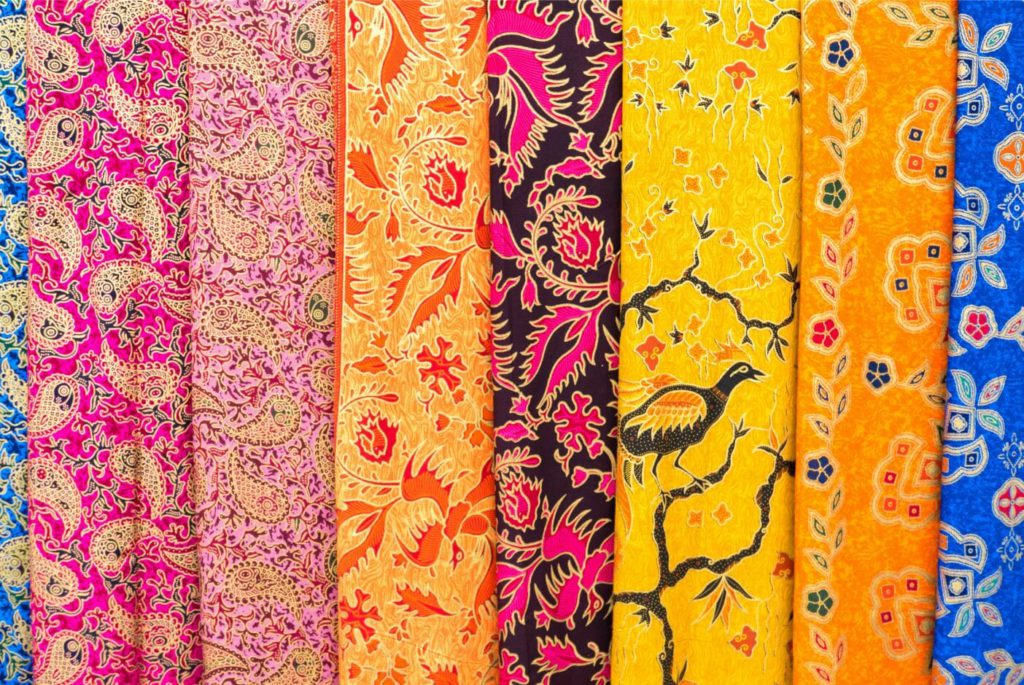
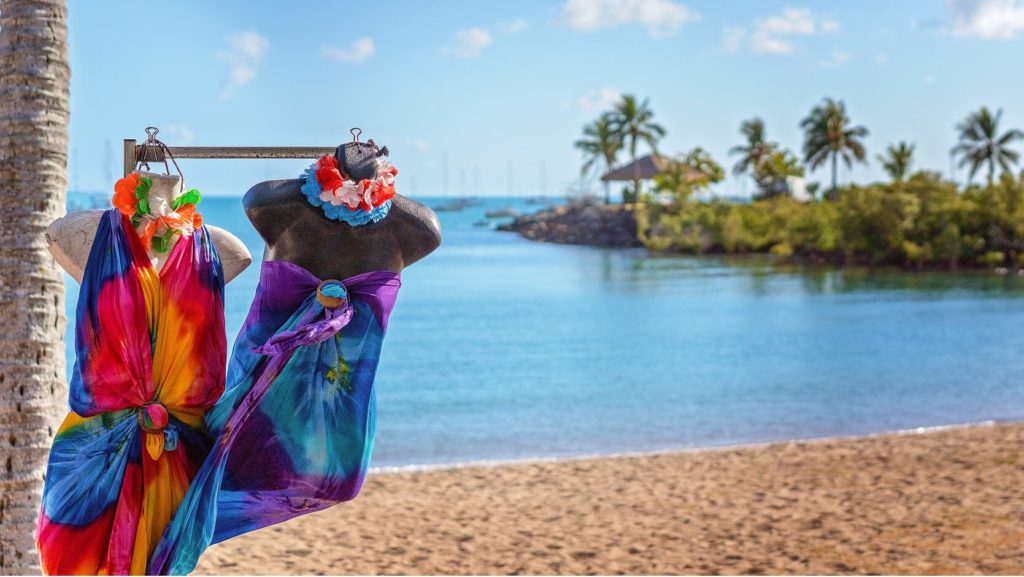
9. Have a ready Health kit
If you are on any kind of medication, don’t count on getting the same one in SE-Asia. While you can still get the regular ones over the counter, any special requirement may pose a difficulty for you. Getting a prescription is even harder since many native doctors don’t speak English at all.
So come with your basic health kit. A runny stomach is common for first time travellers after a day eating street food. Also include things like mosquito repellent although it will be far more effective if you buy a local one. You can some basic medications at a convenient store (like 7-11, Circle K or Family Mart) or a Supermarket (like Tesco or Big C) but they will mostly be equipped with a native version of the drug.
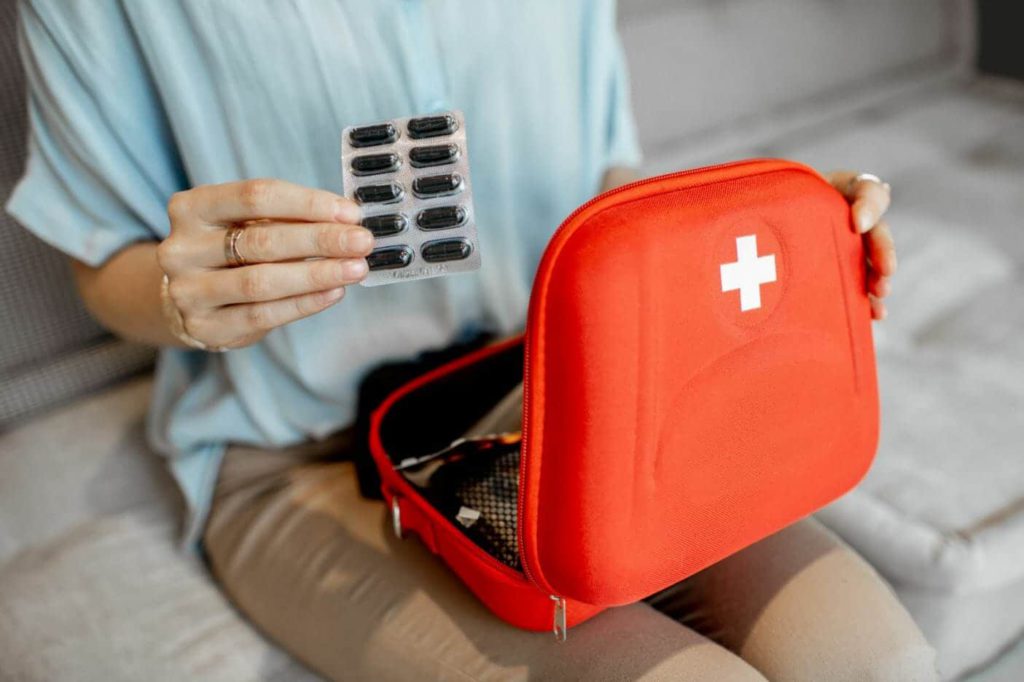
10. Get a padlock
While it is comparatively safe to travel in Asia, theft is not unheard of. Especially, if you plan to live in hostels or more basic accommodation options. Sometimes you get a locker, but many a times you don’t. Don’t bet on it.
Buy a good padlock beforehand. There are even better options for luggage security that can enmesh your backpack completely and make it super hard to break. While you can still get ripped even after this, but chances are more that someone won’t go through that much of trouble for pickpocketing.
Apart from that, don’t plan on carrying a lot of cash in Asia. Although cash is heavily circulated and used far more than digital payments, don’t carry money for more than 5-7 days of expenses at time.
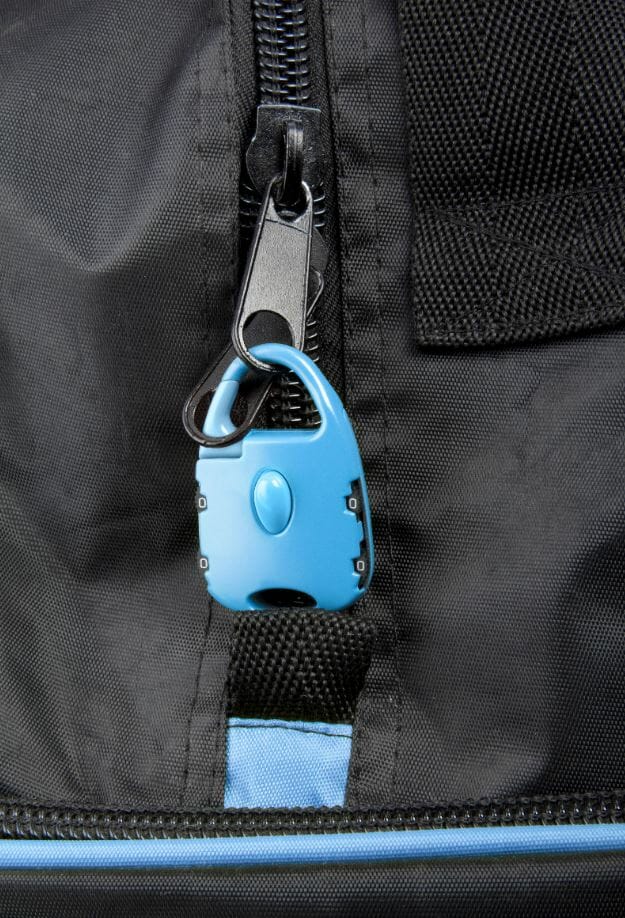
11. Buy a hat
No matter if you are comfortable in it or not, just buy it. Sun is not kind in this part of the world. Some people love the tan on their face, some don’t. But either ways no one likes scorching heat that can even get you sick.
In fact, a better option will be to buy one once you reach here. You may just be spoiled for choices ranging from cap to a straw hat used by the paddy farmers in the country side. I will personally recommend that later. It also acts as a souvenier from that ‘Asia’ trip.
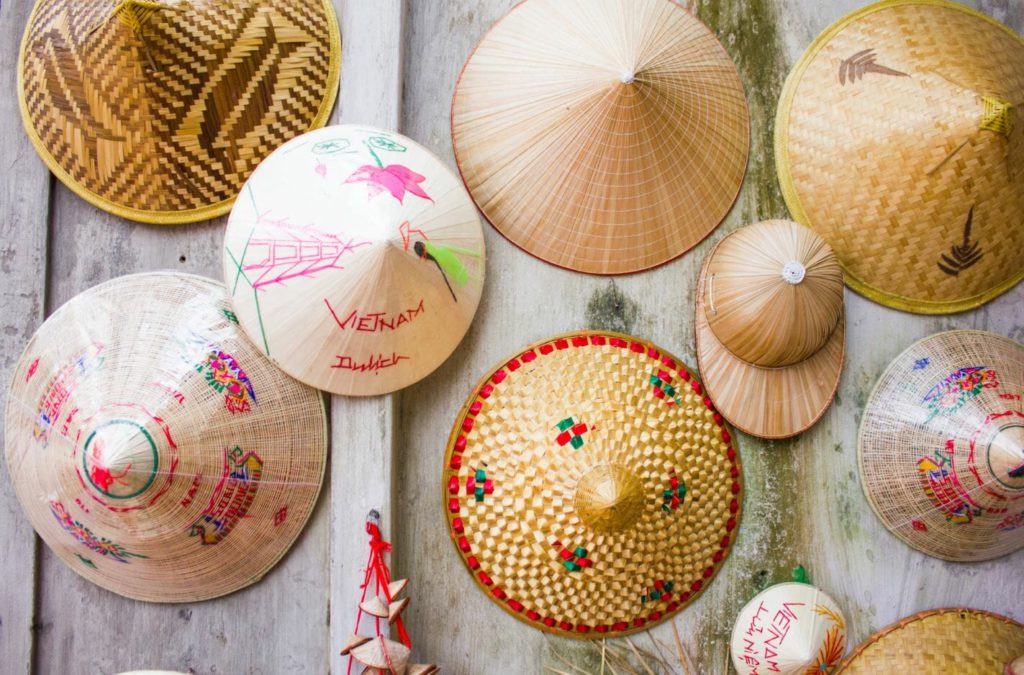
12. Get some toilet paper
Toilets can be one of the either – a western style with a toilet seat and an Asian squat style with a hole for the drain. In either case, no one will guarantee running water or toilet paper, especially in the countryside. Consider this ‘bring your own toilet paper’ kind of party. You don’t want be stuck there without a ride after the show.
You can buy all kinds of toilet papers from any convenient store round the corner and don’t need to be carrying them all the way from home.
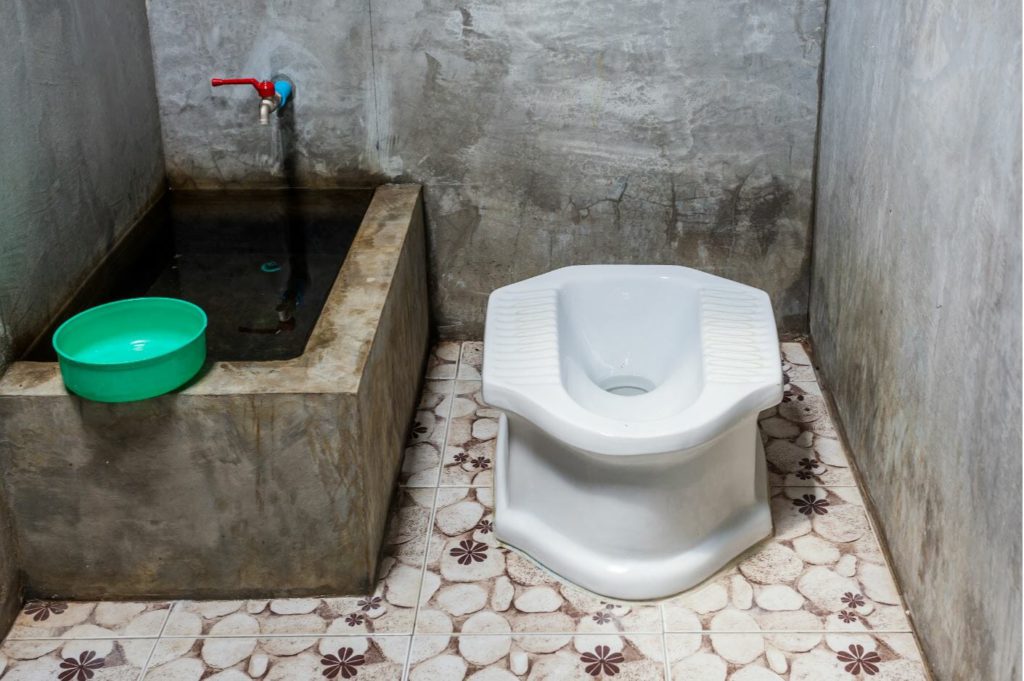
13. Use a moon cup
With increasing popularity, I will give my approval on this as well. FYI, relevant only for women moon or menstrual cups are fantastic. Not only they are sustainable and reduce a large amount of waste, they are extremely comfortable. Of course you will have to go through an uncomfortable period of apprenticeship.
Contrary to first sight, they are made from medical grade silicone and are not harmful to the body. The only downside is sterilising. But with a little effort you can still figure that out on the go. The best part is you can visit the beach and wear beachwear without having to worry about your cycles.

14. Don’t forget the raingear
Never forget your raingear, especially if you are visiting in the second half of the year. It is even more advisable to get waterproof luggage. But if not, the first thing you need to do is to get a raincover for your backpack. Not only it will protect it against the rain, it will also prevent your bag from dirtying on trains and buses.
In case rainfall is heavy in the season a two-piece rainwear is best. If its just for precaution, a raincoat will do the work. Small size packable umbrella will not let you down either that can also be used for the sun. But make sure its sturdy or the wind will take it from your hands like a feather.
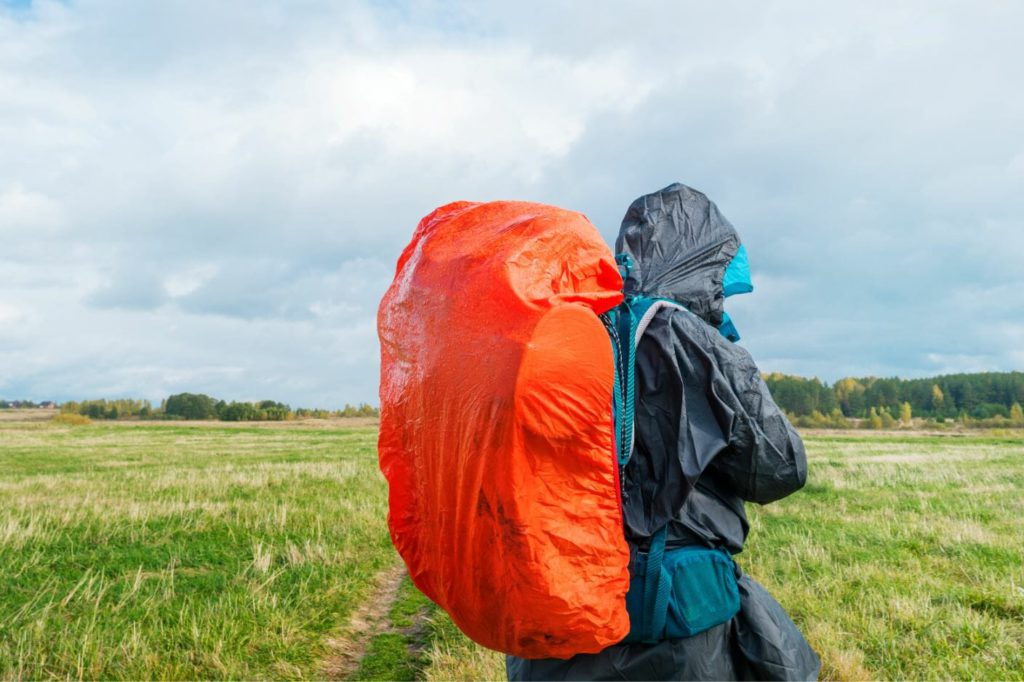
15. Universal travel adapter
Often overlooked, this should be on top of your list. Even in Asia, different countries have different standards on electronic gadgets and its support system. There is no single adapter style that will suffice for the whole of SE Asia. It will suggest buying a universal adapter with all combinations for this.
While you may still get these at a local supermarket there, the hassle may not be worth it.

16. Get an e-Book reader
If you are an avid book reader, traveling with books can become cumbersome. On the other hand any thought of traveling without them is clearly daunting. I usually relied on the ability to buy a new book that catches my fancy while traveling. Or exchanging one at a hostel or a café.
But with very limited English speaking crowd in SE-Asia, the idea simply doesn’t work. The best way to go is to get a Kindle or any kind of e-book reader that suits you. It saves a lot of space, you can buy new books wherever you want and of course you can read in the dark as well. It just takes some time to get used to.
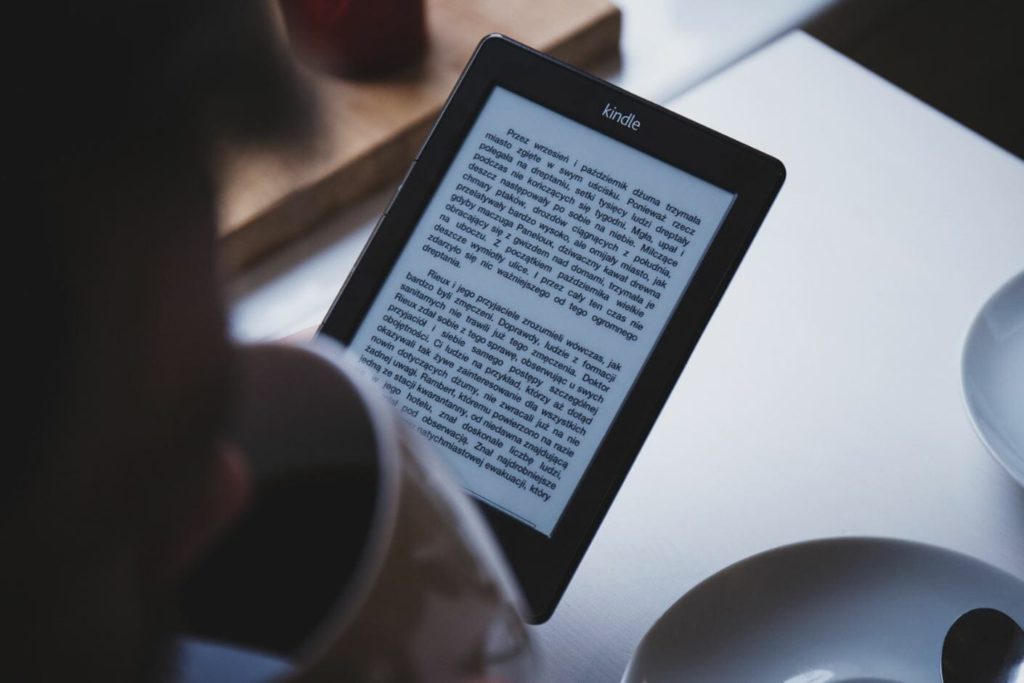
Save On Pinterest






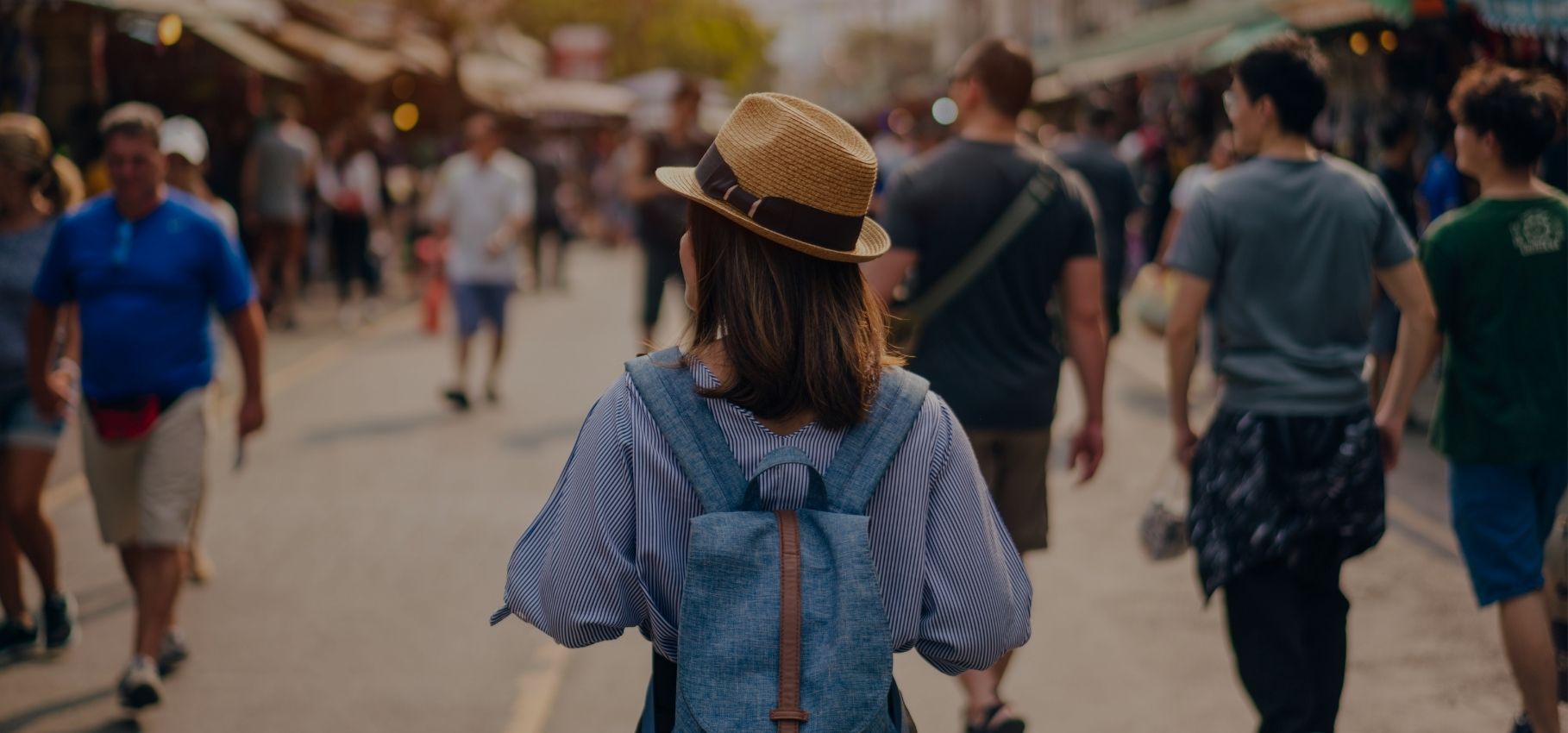
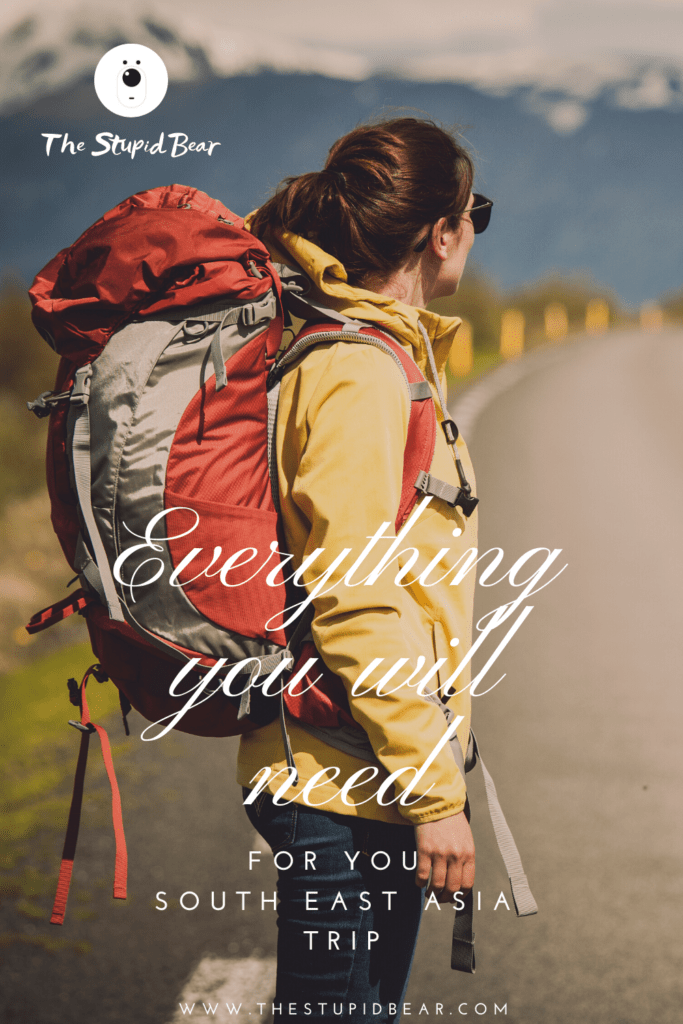
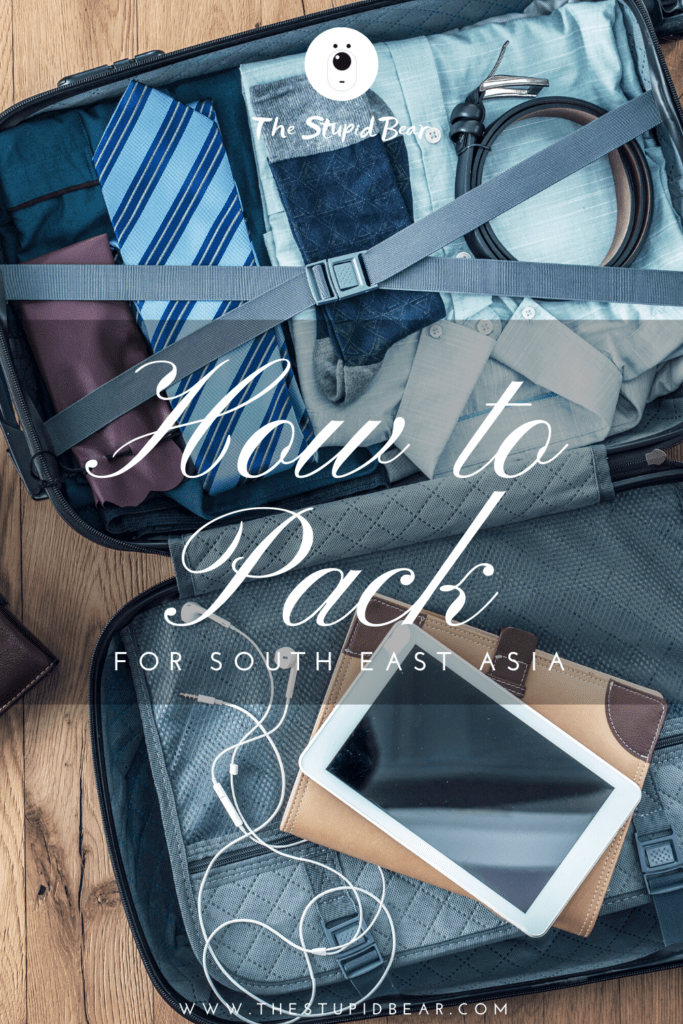

No Comments